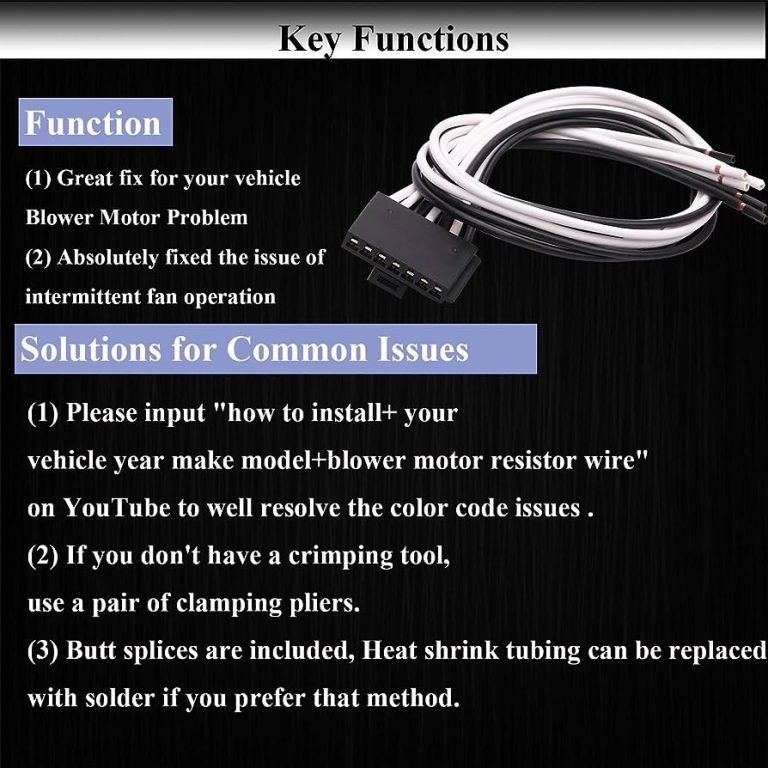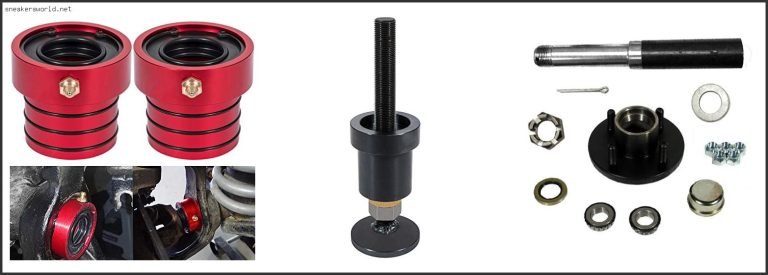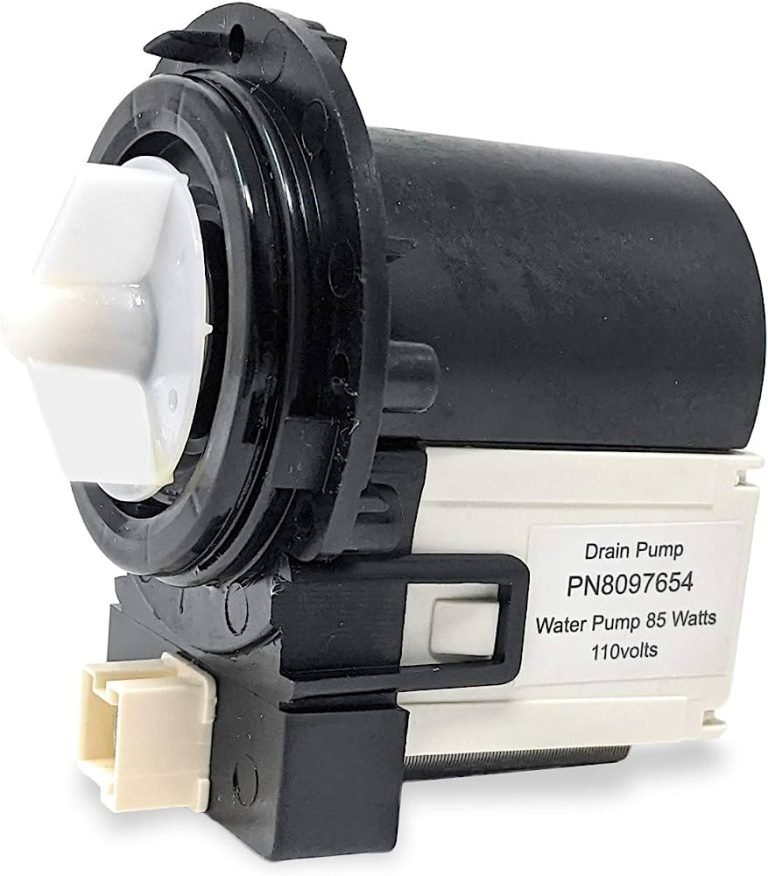Jeep Temp Gauge Reading Hot
It’s no secret that your Jeep’s temperature gauge is an essential tool that helps ensure your vehicle’s optimal performance. However, what should you do when your jeep temp gauge reading hot? With that question in mind, this informative piece unravels the possible reasons behind such an issue, as well as how to get your jeep back to cooler, safer operating temperatures.

Understanding the Situation: Why is my jeep temp gauge reading hot?
The Root Causes
One of the most common causes of a hot gauge reading is a malfunctioning thermostat. This small yet vital component regulates coolant flow through your engine. If the thermostat sticks closed, the coolant cannot circulate, causing the engine to overheat and the temperature gauge to spike.
Additionally, a blocked or leaky radiator can also cause your gauge to read hot. The radiator aids in dissipating engine heat, and any impediments to its function can lead to overheating.
A coolant leak is another possibility, particularly if you’ve noticed a sweet-smelling, brightly colored fluid underneath your vehicle. Without sufficient coolant, your engine heats up quickly – hence the hot gauge readout.
Lastly, a faulty water pump could be the problem. This component helps circulate coolant through the engine. If it fails, it can easily lead to overheating and a hot gauge reading.
Identifying the Problem
How can you determine the root cause of your Jeep’s temperature gauge reading hot? Start by checking for visible coolant leaks. Next, inspect the radiator for blockages or damage. Check the water pump for signs of malfunction, such as squeaky sounds or leaks. Finally, consider getting an experienced mechanic to evaluate the thermostat, especially if the above steps yield no definitive result.
However, if the problem still persists, you might have to do a more in-depth engine check to diagnose any potential underlying issues more accurately.
Countering Overheating: How Can I Restore My Jeep’s Normal Temperature?
Having understood the potential causes, let’s look at the solutions. Here are some quick steps to restore your Jeep’s normal temperature:
1. Check and replace the thermostat if necessary.
2. Inspect the radiator for damage or blockages. If found, repair or replace as necessary.
3. Look for coolant leaks. If you find any, locate the source and fix the leak. Refill the coolant.
4. Check the water pump for seepage or operational issues. Replace if required.
5. If you can’t find the issue or if the gauge continues to read hot after these steps, consult a professional mechanic.
Frequently Asked Questions
Q. What is the normal temperature for a Jeep?
Typically, the optimal operating temperature for most Jeep models is between 195 and 210 degrees Fahrenheit.
Q. Can I drive my Jeep if the temp gauge is reading hot?
It is not advisable. Driving an overheating vehicle can cause serious engine damage.
Q. How often should I change my coolant?
For most Jeep models, a coolant change every 30,000 miles or 24 months is usually recommended.
Final Thoughts
An overheating Jeep is a serious issue. A hot gauge reading indicates a potentially harmful issue that, if ignored, can lead to extensive and expensive repairs. Thus, understanding the possible causes and implementing timely solutions is essential to keep your Jeep running efficiently.
Ultimately, regular maintenance is key. By regularly examining the cooling system and promptly addressing any issues, you can avoid the worry of seeing that temp gauge reading hot while driving your Jeep.







